India is considered to be a laboratory for population studies. It has been a melting point of races, tribes, religious affinities and population groups of all types. Its large population base provides an ample scope for studying any population-related issue even of microscopic nature. The physical, cultural, historical, social and economic variations over space give an opportunity to study different combinations influencing the population. As a result of such rich diversities, distinct population groupings emerged over Indian space. Some groups are still obvious but due to faster communication and processes of migration and assimilation, other groups are becoming nebulous. Urban centers, cantonments, industrial estates, university towns, railway junctions, science and technology parks have become foci for breeding new types of population groupings. To study the process of transformation of population over space and time, India is perhaps the right place. Its long recorded history and moreover, tradition of taking censuses at regular interval strengthen this postulate. Of course in the history of mankind, fifty years is just a time capsule. But considering the Indian census period starting from 1872 AD, the phase from 1951-2001 appears to be reasonable. In the year 1951 the first census was conducted after independence as well as partition of the country; while 2001 is not only the year of the latest census but also the first census of the current millennium. The period has witnessed a lot of changes in population distribution and composition. During this era, population-related issues have been studied and even mapped in a big way. The census atlases and plates of the National Atlas of India are evidences of the cartographic endeavours. Hence, it is in the fitness of things that this period of fifty years should be well documented in terms of spatial products. The changes over space are likely to provide additional dimensions to population analysis. Study of population has become an industry. Scholars from various fields, institutions and disciplines are interested in such studies. Over these years, several issues have become relevant in population studies that were not the core issues during the early phase. Nevertheless, they are important. Such issues are related to ethnic composition, globalization, international groupings, demographic diversities and irregularities, redistribution and concentration, fertility decline, future for women, declining mortality and aging, decelerating population growth, carrying capacity, government sponsored policies and the like. These issues were not always given emphasis earlier, hence, lack in the availability of data that is essential for any mapping activity. Due to this cause, this period (i.e.1951-2001) is not always possible. For this volume, the NATMO have taken only the basic themes for which sufficient data was available. These features are distribution, density, growth, literacy and working force. Further, the scales of maps also vary due to the nature and strength of the available data. For the same reason, it was not possible to repeat the themes as well. Hence, in some cases changes can be observed directly when studying the maps; while in other cases, trends can be estimated by analyzing other related themes. In order to fill up such gaps, an extensive write-up of some basic population-related themes have been included here. The objectives are to make available some glimpses of the selected themes of the Indian population.
Atlas of Population Change in India, 1951-2001
Add to favorites
Contents
$120.60
$134.00
In stock
Free & Quick Delivery Worldwide
All orders amounting to US$ 50 or more qualify for Free Delivery Worldwide. For orders less than US$ 50, we offer Standard Delivery at $14 per book.
ABOUT THE AUTHOR Prithvish Nag
Prithvish Nag, (b. 1951), M.Sc. (Gold Medalist), Ph.D., is the Director of the national Atlas and Thematic Mapping Organisation (NATMO) of the Ministry of Science and technology, Government of India. He has been the President of the Indian National Cartographic Association, Indian Association of Special Libraries and Information centre, Institute of Indian Geographers, Indian Institute of geomorpholists, Professor S.P. Chatterjee Memorial Foundation and Indian Geographical Foundation. At the international Level, he was the Chairman of the International cartograqphic Association (ICA), Commission on Population Cartography, UN/PCGIAP Committee on Institutional Strengthening for Asia and the Pacific, International Steering Committee on Global Mapping (ISCGM), Working Group on data Standardization, and Full member of the International geographical Union (IGU), Commission on Population geography, and Member, Editorial Board, International Journal on geographical Information System. Dr. nag was the Visiting member of the Staff of the School of Oriental and African Studies, London. He is an Author and editor of over 35 boos and 110 research papers. His well known books are geography of Indian and Digital remote sensing. Dr. nag was UN Consultant in cartography in the Sultanate of Oman and the Surveyor general of India.
reviews
0 in total
Review by Anonymous
Be the first to review “Atlas of Population Change in India, 1951-2001” Cancel reply
You must be logged in to post a review.
Bibliographic information
Title
Atlas of Population Change in India, 1951-2001
Author
Edition
1st ed.
Publisher
Length
vi+viii, 28 Maps; Tables; Plates; Bibliography; 56cm.
Subjects
more by Prithvish Nag see more
Indian Geospatial Infrastructure
$64.80
$72.00
similar bookssee more
Pied Pipers in North-East India: Bamboo-Flowers, Rat-Famine and the Politics of Philanthropy (1881-2007)
This book is about an ...
$50.40
$56.00

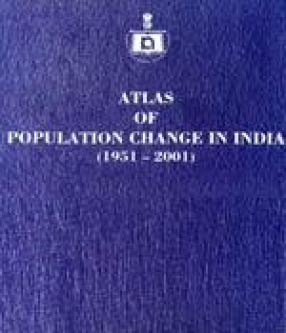
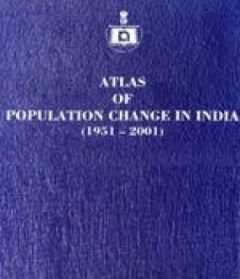
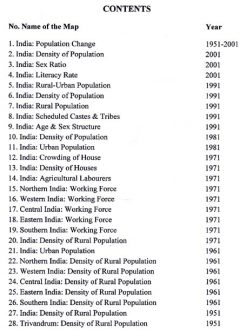
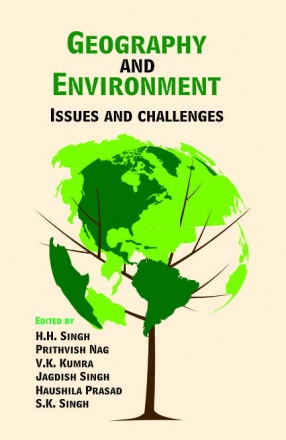
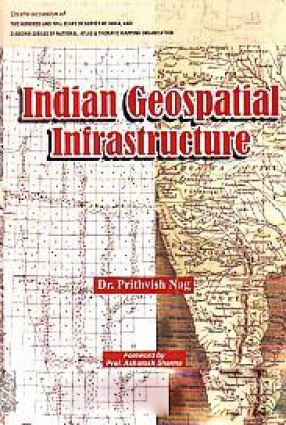
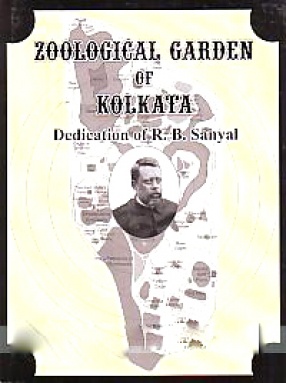
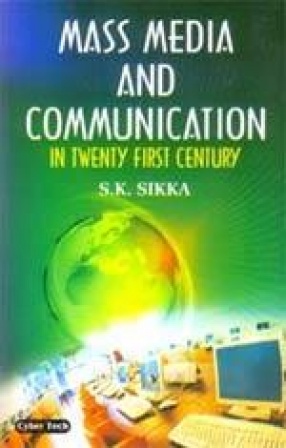
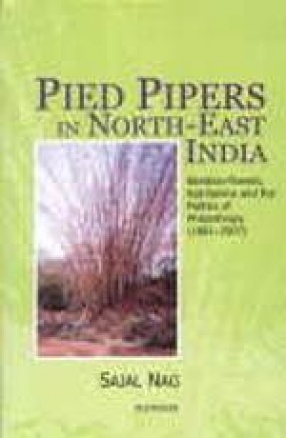

There are no reviews yet.